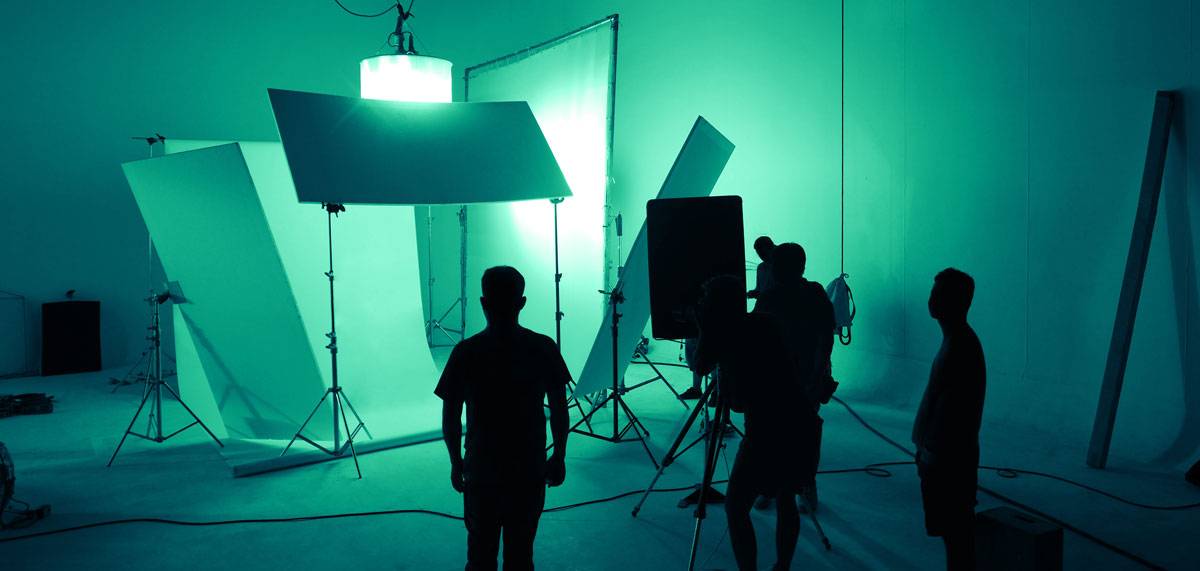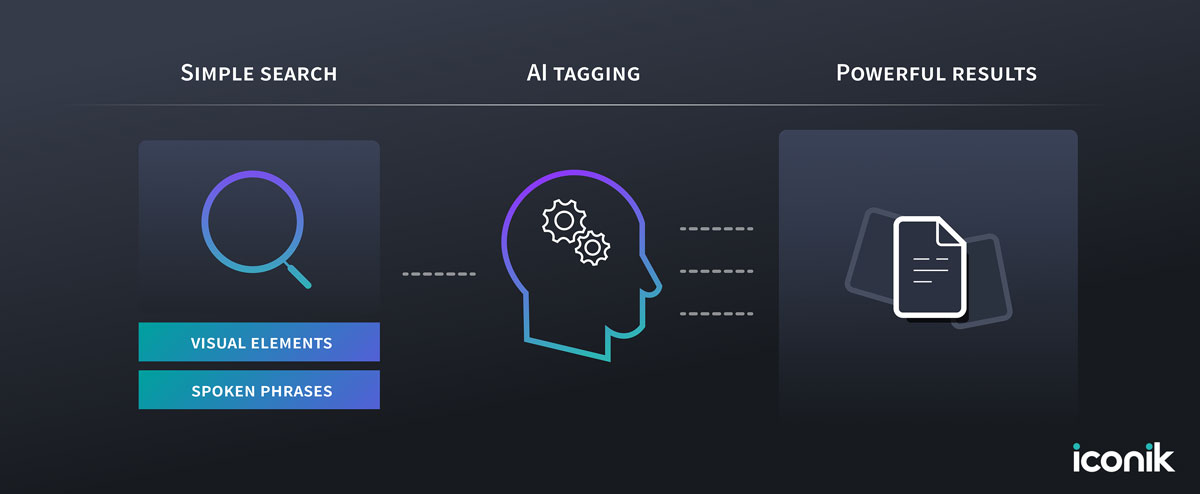Today, it’s crucial for companies to engage with their online audience in a meaningful way. As digital noise increases, content overload hits us all. As many physical interactions have moved online, this is especially relevant now. So the challenge for organizations is to find better ways to tell their story to a world with limited attention. To do this well, many are turning to engaging visual content.
In a competitive environment, visuals are king. The human brain processes images 60,000 times faster than text. About 90 percent of the information transmitted to our brain is also visual. Visuals are powerful, but creating quality content, or video content for that matter, is time-consuming. Teams with limited resources can find themselves struggling to keep up with demand.
So how can teams make the most of visual media and manage their projects better?

1. Make the Most of Existing Assets
Managing a growing archive of large media files is one of the biggest challenges for companies. Oftentimes, files are in multiple storage locations, both on-premise and in the cloud. With so many places to search, files can be difficult to find.
Traditionally, only Enterprises had a distinct need to manage large media archives, but today there is a strong trend towards the mid-market sector and small-to-medium businesses to create media. In organizations of every size, it’s common to have staff who are unaware of what content they have. This can sometimes lead to teams recreating content without realizing it already exists. This is a major waste of resources.
To sidestep this pitfall, organizations can connect all their storage locations to see all assets in a single view.
Many companies are looking at remote storage to help them manage their content, and they’re finding that cloud storage offers a wealth of cost-effective options. With so many options, there needs to be a strategy in place. Tying storage together with smart media management is a great way to ensure that teams can find and use the right media at the right time.
iconik does this by making assets from any storage searchable. Proxy versions and even originals can live in the cloud, ready to be found from wherever teams are. Learn more about the hybrid cloud.
2. Supercharge Creation with Powerful Search Features
Metadata tagging can take content libraries and make them searchable. With this, an archive can become a launchpad for new projects. The metadata gives insight into where an organization has been creatively and where it is going. But more importantly, this searchability will save time during production. Everything is accessible, allowing teams to collaborate with fewer interruptions to their workflow.

- Visual AI can auto-tag media with amazing detail. It can recognize objects, colors, subjects, feelings, and environments. Videos can be tagged frame by frame so you can find the exact section you need.
- AI transcription for media converts spoken phrases into searchable keywords. With so many paths to a single asset with AI tagging, content can be found by searching for few keywords.
3. Keep Teams Unified and On Track
Many stakeholders can be involved when working with media. This is both a benefit and a challenge. With so many eyes from different departments on a project, there can be an overwhelming amount of input to track.
Keeping timelines on track is another challenge for creative projects. Revision requests can begin to stack up and some can get missed if not managed well. The best media management options will mitigate this by having collaboration tools built-in. This enables teams to share, edit and review media together. Streamlining project management while working remotely is vital—especially with social distancing.
iconik has recently added time-stamped drawings on media. Our users also use sharing, time-stamped comments, review and approval workflows, and versioning for collaboration in iconik.
4. Give The People What They Want
Organizations are dealing with audiences with high standards for production value. These same audiences also expect much more content. Daily interaction on social platforms have increased our threshold for visual content. Knowing this, the key to managing the visibility of your company’s message is being responsive to your audience. You can do this by regularly releasing content that elevates your brand. When you do this, remember that staying topical and relevant to the consumer’s life is key.

This strategy makes a bigger impact over the long-term, but developing content this way can be time-consuming and costly. Organizations should consider using new tools like iconik to maximize the visibility of media they already have to make production as efficient as possible. This is important whether they choose to brief an agency or create content themselves. Visibility brought by more data will reduce repetitive tasks and allow teams to focus on their creativity.
“It used to be convoluted to find assets,
but now it can be a three button click.
Managing media effectively throughout its lifecycle speeds up the process of delivering value. Beyond that, at the end of the day, improving content visibility is not only for the audience but for those creating it as well. Giving teams a clear view of media enhances the creative process. With this in place, your visual content is only going to get better.
Learn more about organizing your media archive with metadata.

 Back to Blog
Back to Blog